Symbols of eternal life, mummies fascinate the public and science. An exhibition not to be missed is currently dedicated to them in Draguignan (Var), where many unpublished pieces are presented for the first time. An exciting journey on the paths of eternity for this exhibition previewed by Sciences et Avenir!
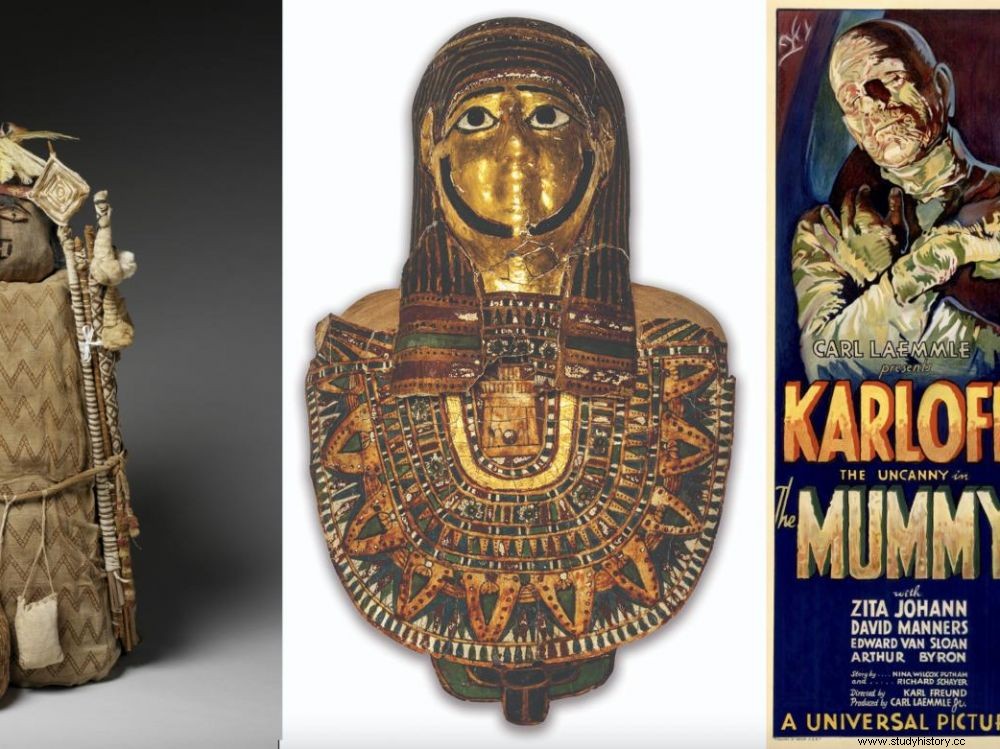
A Peruvian mummy, Egyptian cardboard and a movie poster, to illustrate some of the 300 objects, many of which are unpublished, presented in the exhibition "Mummies, the paths of eternity", visible in Draguignan (Var) until to September 25, 2022.
For the "Paths of Eternity ", you will have to go to Draguignan, in the Var! From June 10 to September 25, 2022, an exhibition bringing together more than 300 objects including Egyptian, Andean, African, Asian and European mummies, opens its doors in the Hotel Départemental des Expositions du Var (HDE Var), the elegant new heritage site of the Dracénoise city.
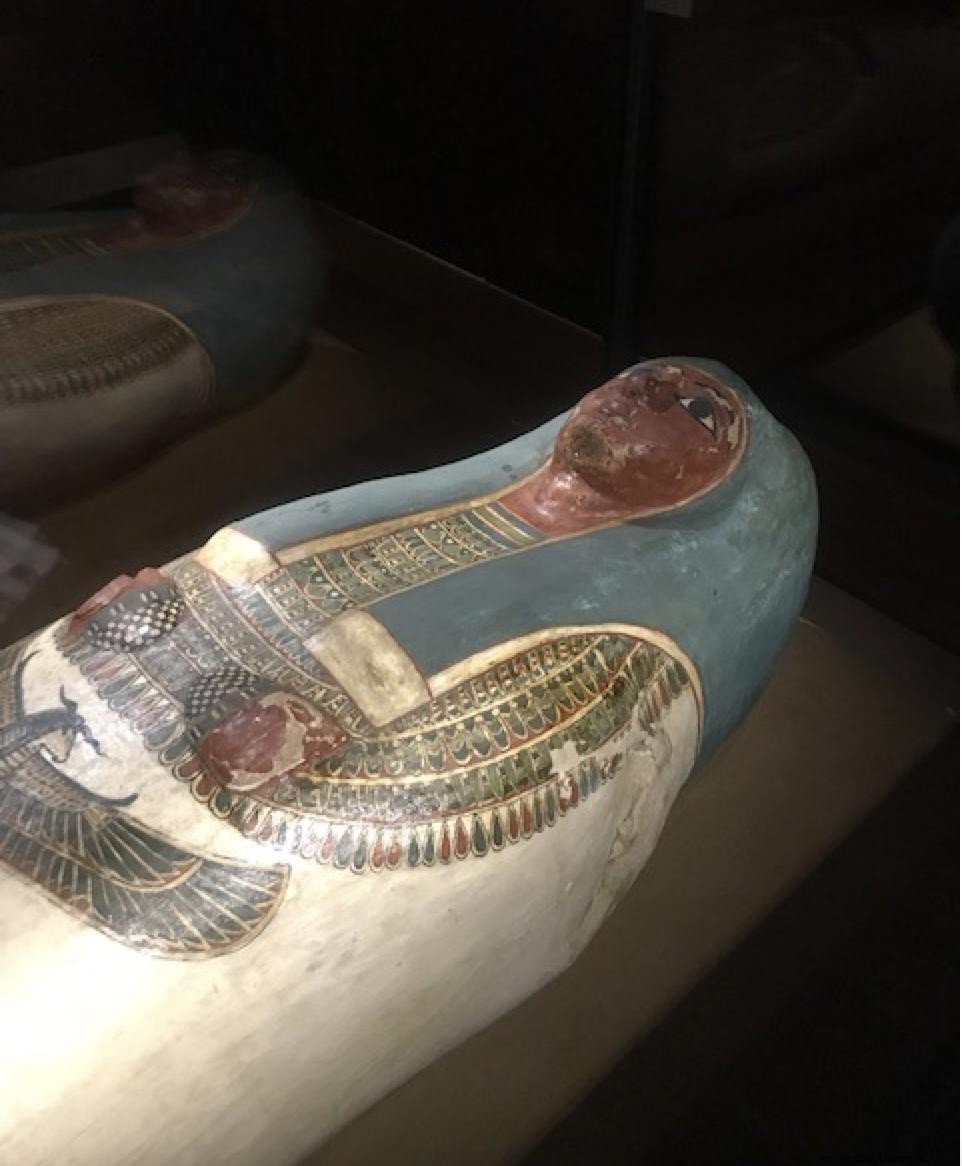
Polychrome cartonnage of a mummy from the Ptolemaic period (4th century BC). Credits:Musée des Confluences/HDEVar/Bernadette Arnaud Sciences et Avenir
After "Ulysse, journeys in a Mediterranean of legends" , in 2021, it was to Philippe Charlier, director since 2018 of the Department of Research and Education of the Parisian museum of Quai Branly-Jacques Chirac, that the keys to the empire of the mummies and their fascinating universe were entrusted. He has chosen to present on three levels, "in a strictly ethical framework, an exceptional gathering of human and animal mummies from various continents, as well as relics of historical figures" .
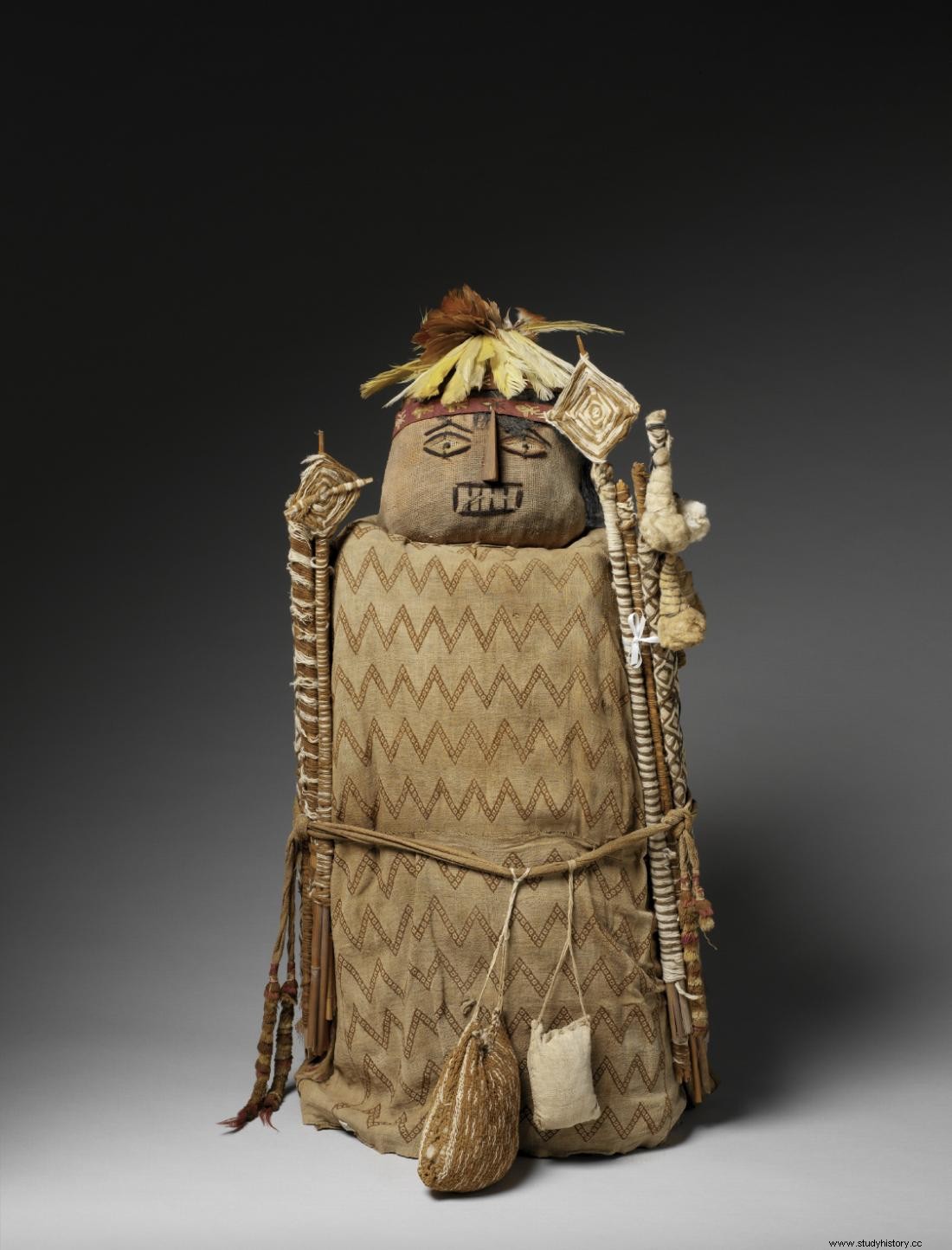
Fardo (funerary package) from Peru (1150-1450 AD). Wrapped in several layers of textiles, the naturally mummified character is accompanied by different attributes (purses, musical instrument, feathers, etc.). Credits:Quai Branly Museum/Dist.RMN-Grand Palais/Patrick Gries/Bruno Descoings.
The study of "dead bodies"
Curator of the exhibition "Mummies, the paths of eternity", the archaeo-anthropologist wanted to evoke the universality of these funerary practices, also through numerous objects associated with mummification techniques. The set was lent for the occasion by major museums such as the Louvre (Paris), the Musée des Confluences (Lyon), the National Library of France (Paris), the Musée du quai Branly-Jacques Chirac (Paris) or laboratories or private collectors.
Because to paraphrase the title of the famous film by Patrice Chéreau (1998), "Those who love mummies will take the train" ! Indeed, the Draguignan exhibition (Var) is really worth the detour. "The Indiana Jones of the cemeteries", one of the media nicknames which Philippe Charlier is kindly given, hit hard. Follower of the study of "dead bodies" - we owe him the examination of the head of "good King Henry" (Henri IV), that of Agnès Sorel, Robespierre, or the study of the remains of Hitler's skull (kept in Moscow) - in Draguignan , the anthropologist and forensic scientist has chosen to present, in addition to very beautiful human and animal Egyptian mummies, other astonishing pieces.
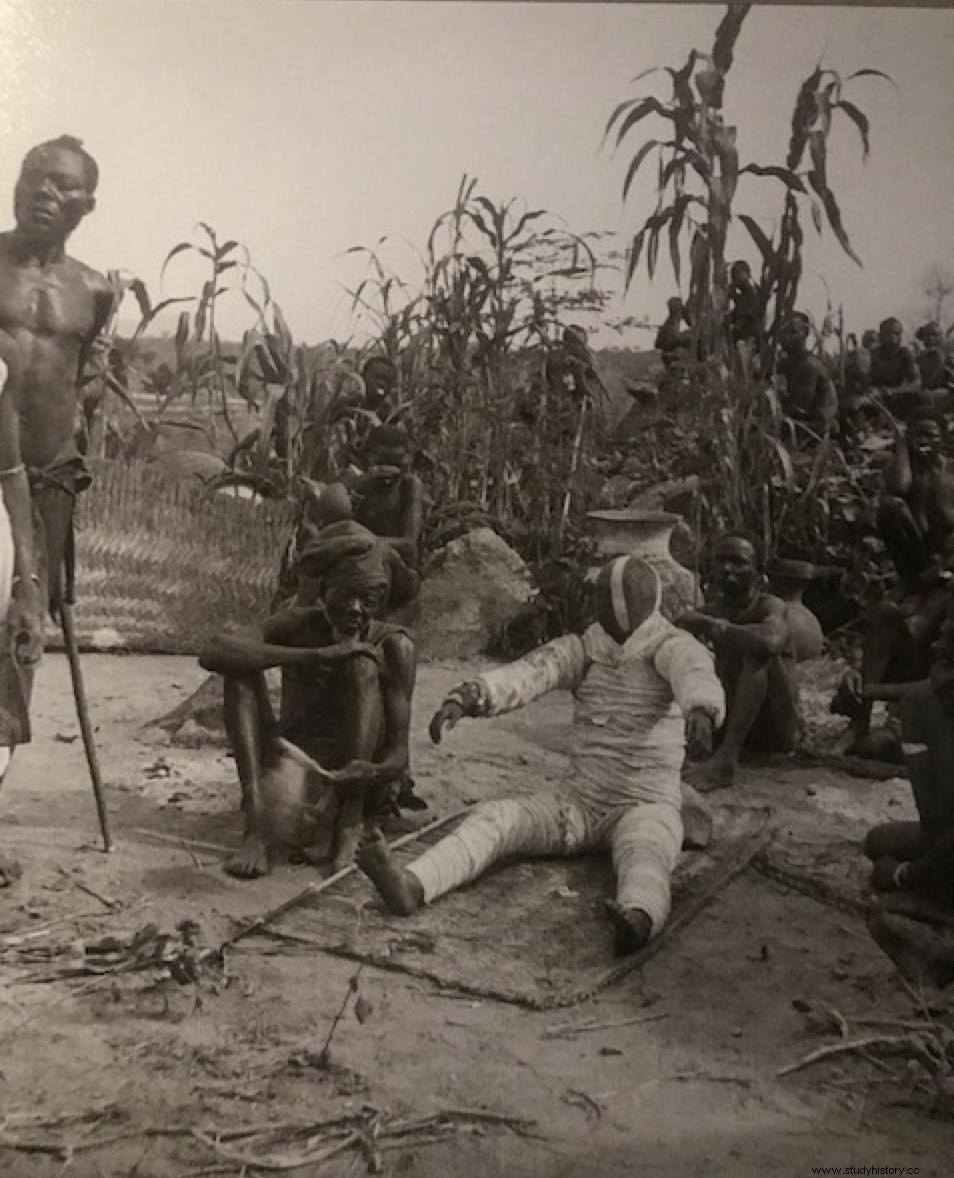
Mummy of a deceased in Africa. That of a Fali clan chief, in northern Cameroon. The photograph was taken by J.-P. Lebeuf, as part of Marcel Griaule's Sahara-Cameroon mission in 1936-1937. Credits:coll. Quai Bralny-Jacques Chirac Museum
Authentic jivaro shrunken heads
Thus the reliquary of Richard the Lionheart (King of England and Duke of Normandy (1157-1199)), the "left foot" of the Man of Tollund, the famous bog mummy (Denmark) (4th-2nd century BC . J.-C), authentic shrunken heads jivaros of the Shuar population (tsantsas ) from Ecuador, South American mummies (12th-14th century). Still others are unpublished and unknown, like the fully bandaged deceased of the Fali population of northern Cameroon, including photographs from the 1930s and a tomb (gebu ) dug in the ground, reconstituted for the occasion, are presented.
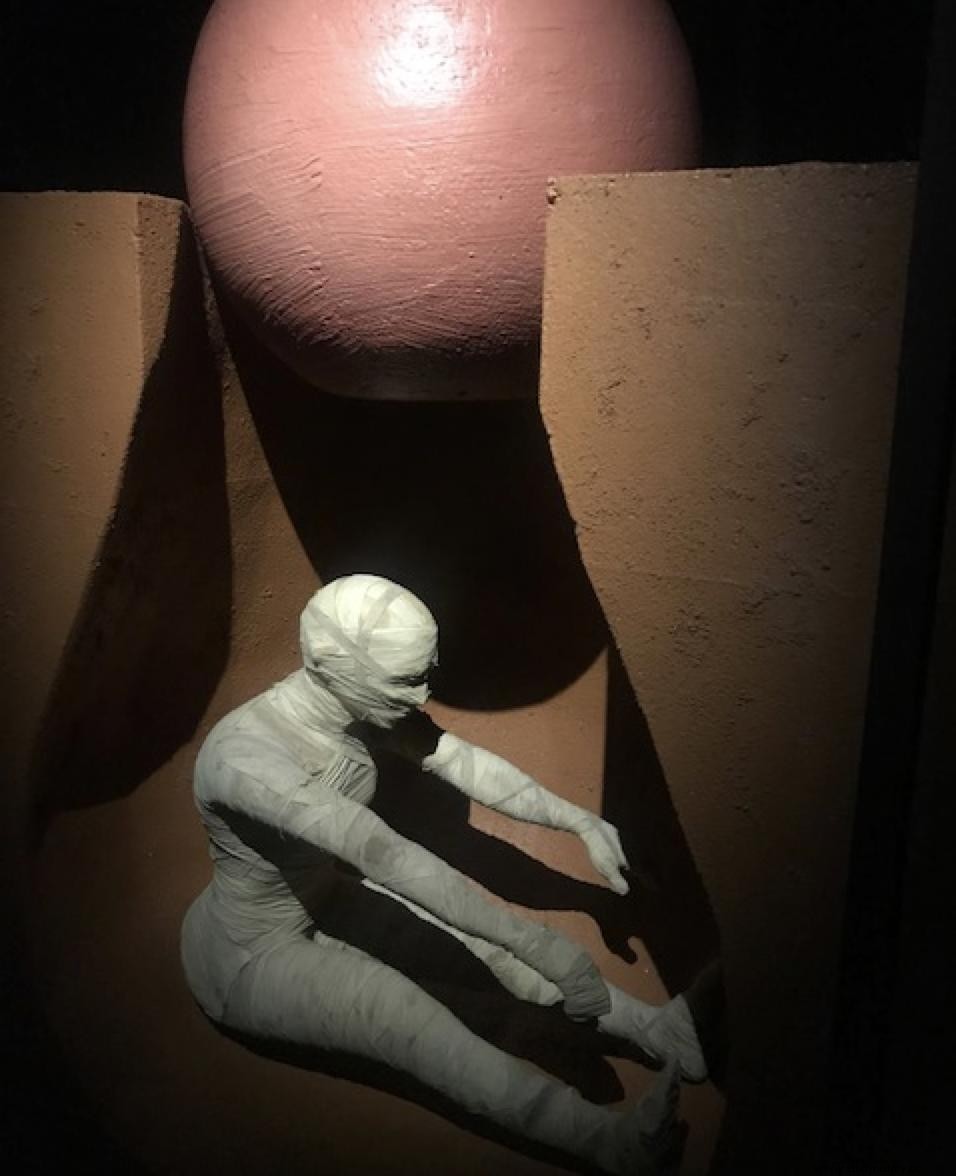
Reconstruction of a Fali burial, dug about 2 m deep in the hard ground. The body is wrapped in strips of cotton and thongs of cowhide. The head is often covered with panther or goat skin. The whole process was described by ethnologist Jean-Paul Lebeuf during a study conducted in the 1930s. Credits:HDEVar/Bernadette Arnaud Sciences et Avenir
Further on, characters from the Haitian and Beninese voodoo ritual, as much as a young boy from the Gallo-Roman period of the 2nd-3rd century found in France in the 18th century, at Martres-d'Artière (Massif-Central), partially bandaged oriental style, will fascinate (or disturb) the visitor. As well as the reliquary of the heart of Louis XIV, whose remains reduced to powder would have passed in the varnish of the "Paysage au moulin, dit vue de Caen " by Alexandre Pau de Saint-Martin, around 1810, an oil on wood exhibited…
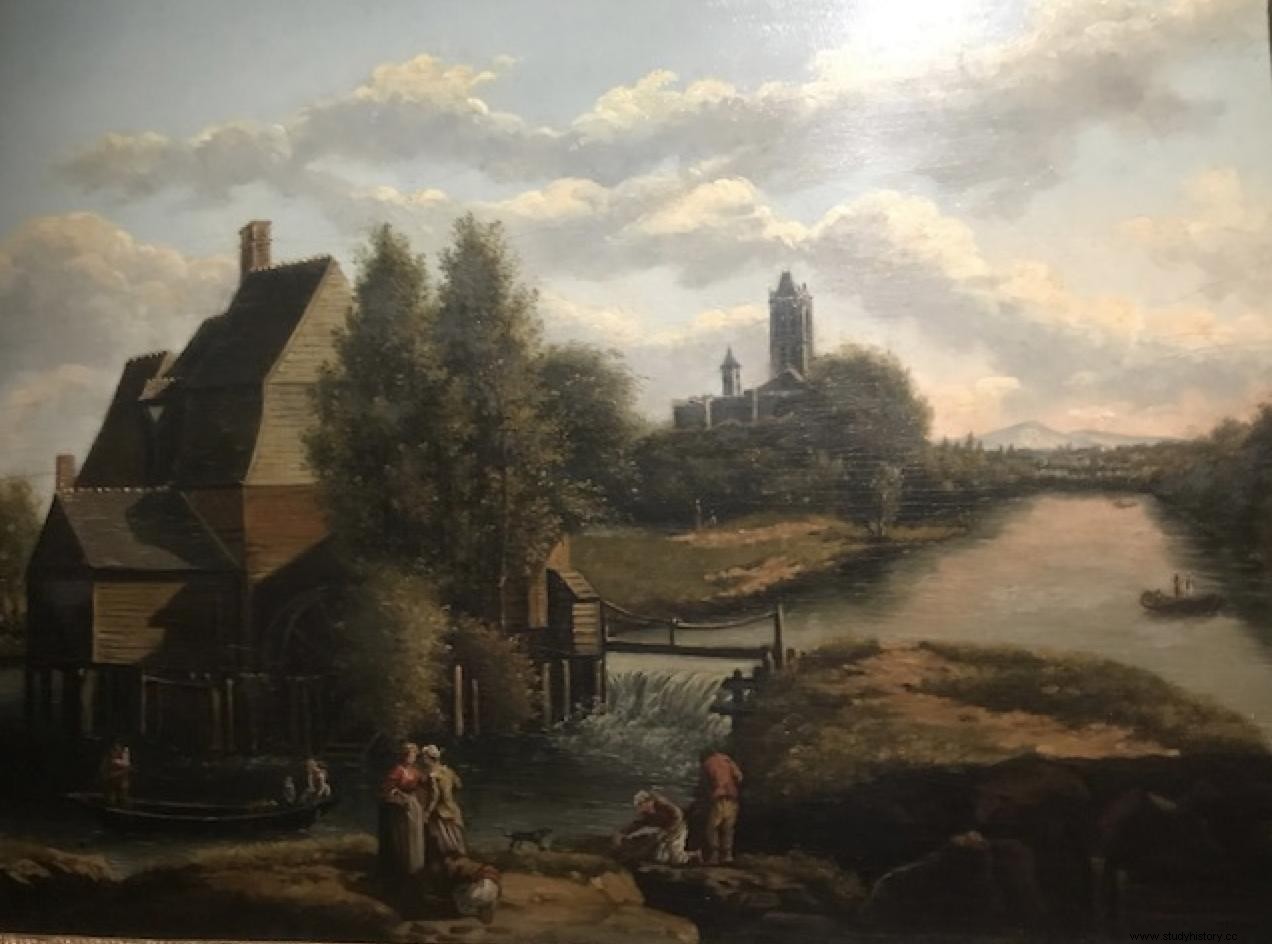
Paysage au Moulin, known as "View of Caen", oil on wood by Alexandre Pau de Saint-Martin, produced around 1810. Crushed pigments from the heart of Louis XIV would have been used there for browns. (The "mummy powder was very fashionable at the time). Proteomic analyzes would have confirmed the presence of human proteins related to pathologies that Louis XIV had, in particular diabetes... Credits:Pontoise, Tavel museum -Delacourt / Bernadette Arnaud Science and Future
A phallus mummy
The surprise will also come from a mummy of a phallus referring to the myth of the dismemberment of the god Osiris, "a feat as this spongy and flabby body is difficult to mummify" , as Philippe Charlier explains. If Doctroptard is the other nickname that the anthropologist uses for his Twitter account, "too late" it never is for anything related to human bodies of the past. Having become real objects of study, these are presented placed "in their archaeological, historical and scientific contexts ", and exposed ethically "as patients would be" .
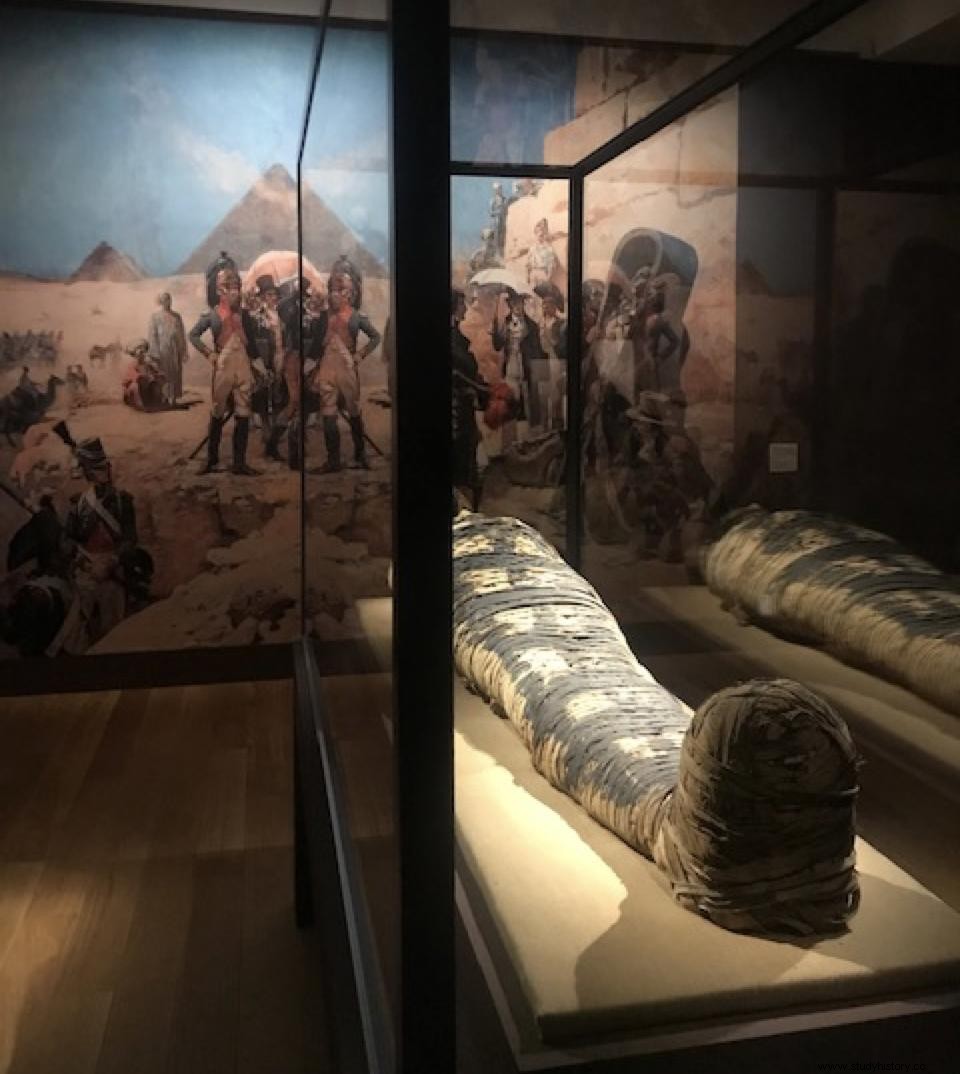
An Egyptian mummy against a backdrop of a representation of the famous painting by Maurice Orange "Bonaparte in front of the pyramids contemplating the mummy of a king, 1798", a work on canvas measuring 390x490 cm, kept on deposit at the municipal museum of Rueil-Malmaison. "An anachronistic representation, the features of the mummy contemplated by Bonaparte being those of Séthi 1er whose tomb was discovered by Belzoni in 1817, but the mummy only in 1881 in the cache of Deir-el-Bahari". Credits:Bernadette Arnaud - Sciences et Avenir
Philippe Charlier makes the dead speak. "Mumiology has grown exponentially in recent years , explains the scientist to Sciences et Avenir. This exhibition is an opportunity to show the advances made possible by the application of forensic techniques ". Studies that not only allow us to learn more about mummies, but also to better understand the state of health of these populations of the past "knowing that all the examinations that can be done on living people can also be on mummies" .
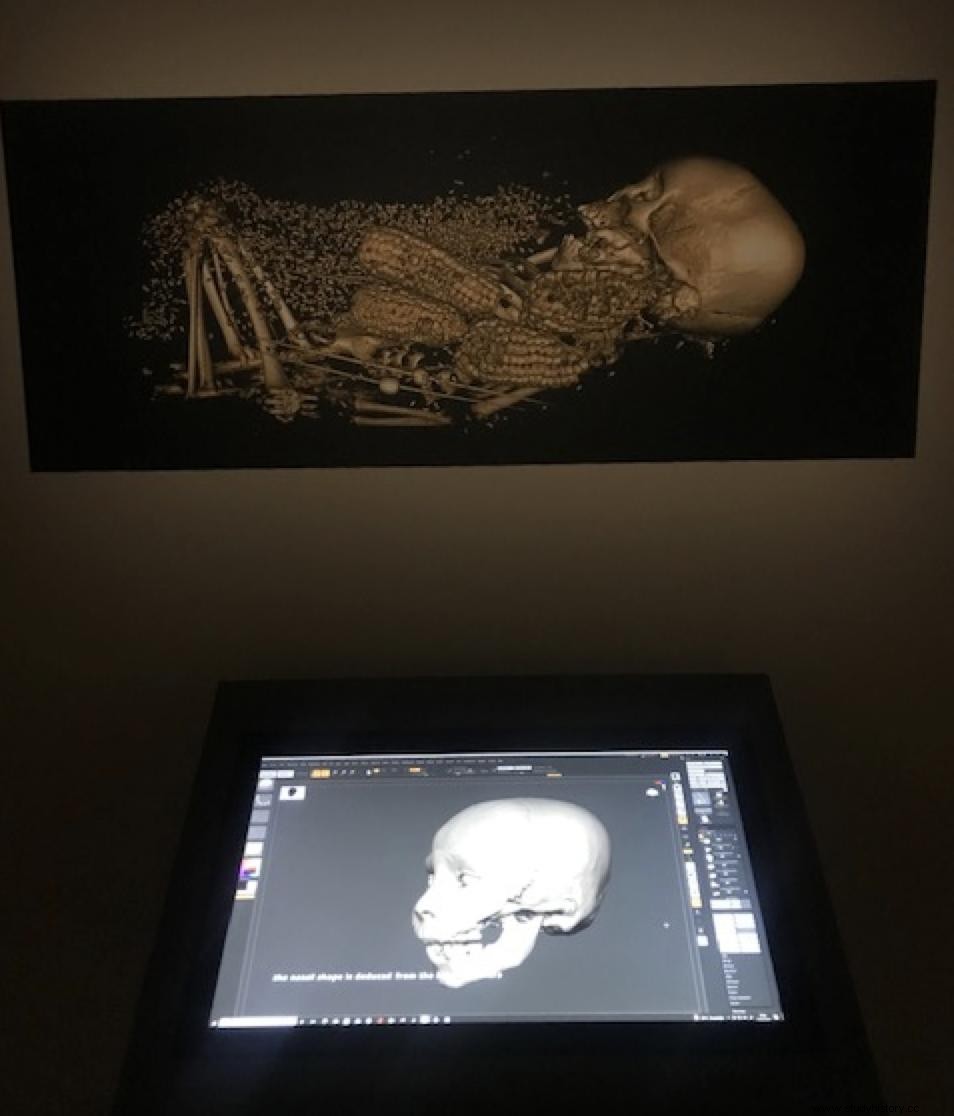
3D modeling of the body and the offerings, in particular the ears of corn, present inside a Peruvian fardo. Credits:Quai Branly Museum/HDEVar/Bernadette Arnaud Sciences et Avenir
2 th floor of the exhibition which stretches over more than 600m 2 , sequences of 3D imagery presented using VR headset on the virtual autopsy of a South American mummy, as well as film extracts on the Capuchins of Palermo, in Sicily or the Man of Tollund, are broadcast while at 3 th floor, a room is devoted to mummies as sources of inspiration.
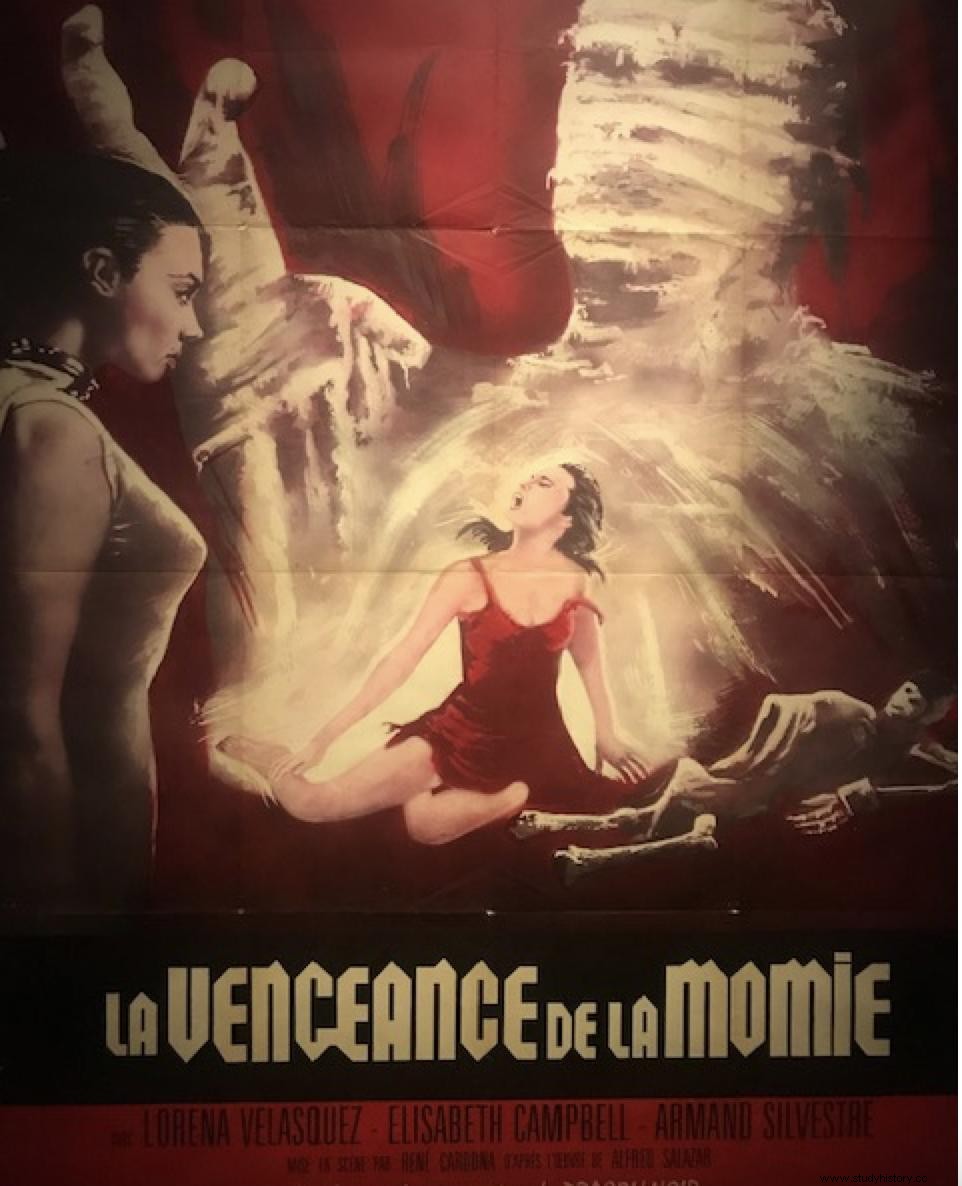
Cinema poster of "The Mummy's Revenge", (1964), Mexican film by René Cardona.
From horror literature to cinema, through posters, via the world of comics, "Tintin and the Pharaoh's Cigars" , are never far from "The Mummy's Revenge" and its curses!
This exhibition also allows us to think about the rightful place occupied by the deceased in our 21st century society. "What is death? How have other civilizations dealt with it? Isn't mummification a way to deny the devastating effects of death on bodies?" , asks Philippe Charlier. In wanting to preserve the bodies, the ancients wanted to take a path to eternity. "You are what we were, we are what you will be" , answer the mummies in chorus, in a final memento mori to meditate.
Note, a remarkable catalog, and a series of conferences given in September 2022.
Practical information:
Exhibition "Mummies, the paths of eternity" from June 10 to September 25, 2022.
To be seen at the Departmental Host of the Var Exhibitions, 1 boulevard Maréchal Foch, in Draguignan.
Reservation:hdevar.fr
